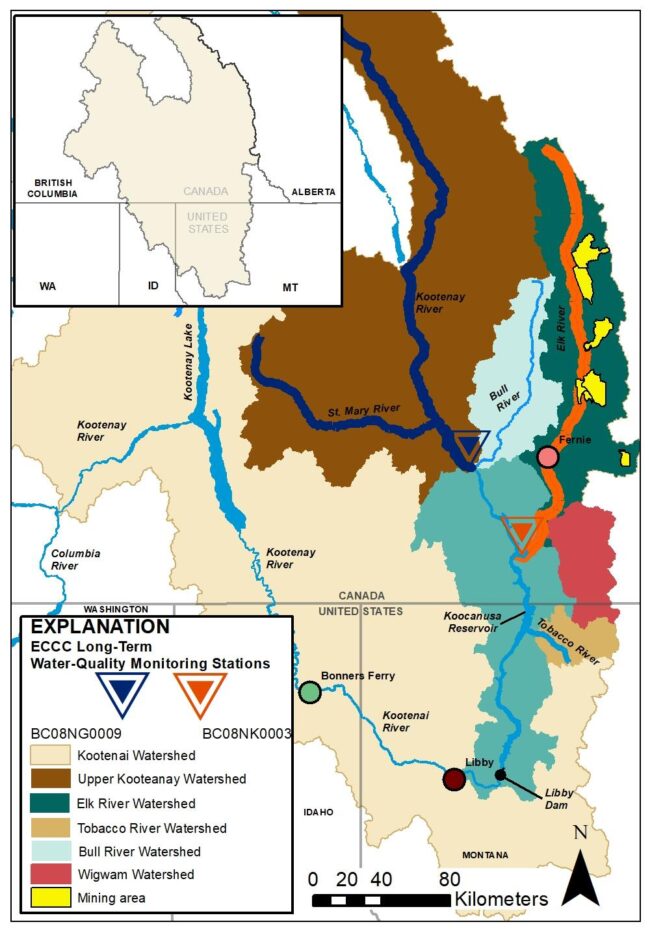 by Derf Johnson
by Derf Johnson
Open-pit coal mines in the Elk Valley of British Columbia are poisoning Montana’s Lake Koocanusa and Kootenay River with selenium pollution (see map). The mines are owned by Glencore, a Swiss-headquartered multinational commodities trader that has a well-known reputation for corruption, bribery, and environmental damage. Glencore does not pay taxes to Montana state or local governments from its B.C. Mines, and likewise doesn’t appear to employ any Montanans at these operations. Currently, its only real connection to Montana is its ownership of the defunct Columbia Falls Aluminum Company Superfund site along the Flathead River.
In 2020, the Montana Department of Environmental Quality (DEQ) adopted a “site-specific” standard for selenium in Lake Koocanusa of 0.8 ?g/L (micrograms per liter). Glencore (and its predecessor Teck Coal) see the standard as a threat to their bottom line and actually tried to repeal the standard through a review process at DEQ. This effort was rebuffed but is now in litigation.
However, in a surprising move, the Lincoln County Board of Commissioners (who represent the far-northwest Montana county and the watershed most impacted by Glencore’s pollution) submitted a petition to DEQ in July requesting that it weaken the water quality standard for selenium from 0.8 to 1.5 ?g/L, as well as weaken the definition of “steady state,” a determining factor in assuring that water quality is protected and restored.
Unfortunately, it appears the commissioners are doing the dirty work for Glencore in attempting to weaken this water quality standard. There is no scientific justification for weakening the current standard, because fish in Koocanusa showed unhealthy levels of selenium at water quality levels of 1.5 ug/L. While selenium is beneficial to human health in trace quantities, the impact of excessive selenium pollution on fish populations is well-documented. Selenium has been shown to result in sudden and severe crashes in fish populations by causing a significant reduction or elimination of reproductive capacity. There are multiple species of fish in Koocanusa that regularly exceed selenium standards every time the eggs are sampled, such as longnose sucker, northern pike minnow, and redside shiner. Further, mountain whitefish regularly exceed standards in the Kootenai/y River. Other fish in Koocanusa have been observed with elevated levels of selenium, including large scale sucker, rainbow trout, westslope cutthroat trout, and the U.S. federally – protected bull trout.
The decimation of our fish populations would not just be an ecological disaster for the watershed but would compromise the recreation economy in northwest Montana. Boating and fishing was found to be Montana’s second largest recreational activity, accounting for $149 million in economic activity.
The science shows that 0.8 ug/L protects fish in Koocanusa and fish downriver in the Kootenai/y. It’s shocking that Montana elected officials are attempting to weaken a water quality standard in order to give a hand-out to an incredibly wealthy company that doesn’t provide any jobs or economic benefit to Montana — only pollution.
DEQ held a hearing on August 13, where it accepted public comments on the petition. Only one Lincoln County Commissioner spoke in favor of the petition, but a number of outfitting businesses and advocacy organizations spoke against weakening this essential water quality standard. DEQ needs to make a decision on Lincoln County’s petition by September 2. Hopefully by the time this issue hits your inbox, DEQ will have recognized that this petition is nothing but an attempt to protect the bottom line of a wealthy international commodities trader, and will stand strong on this issue as they have in the past.
This article was published in the September 2025 issue of Down To Earth.

